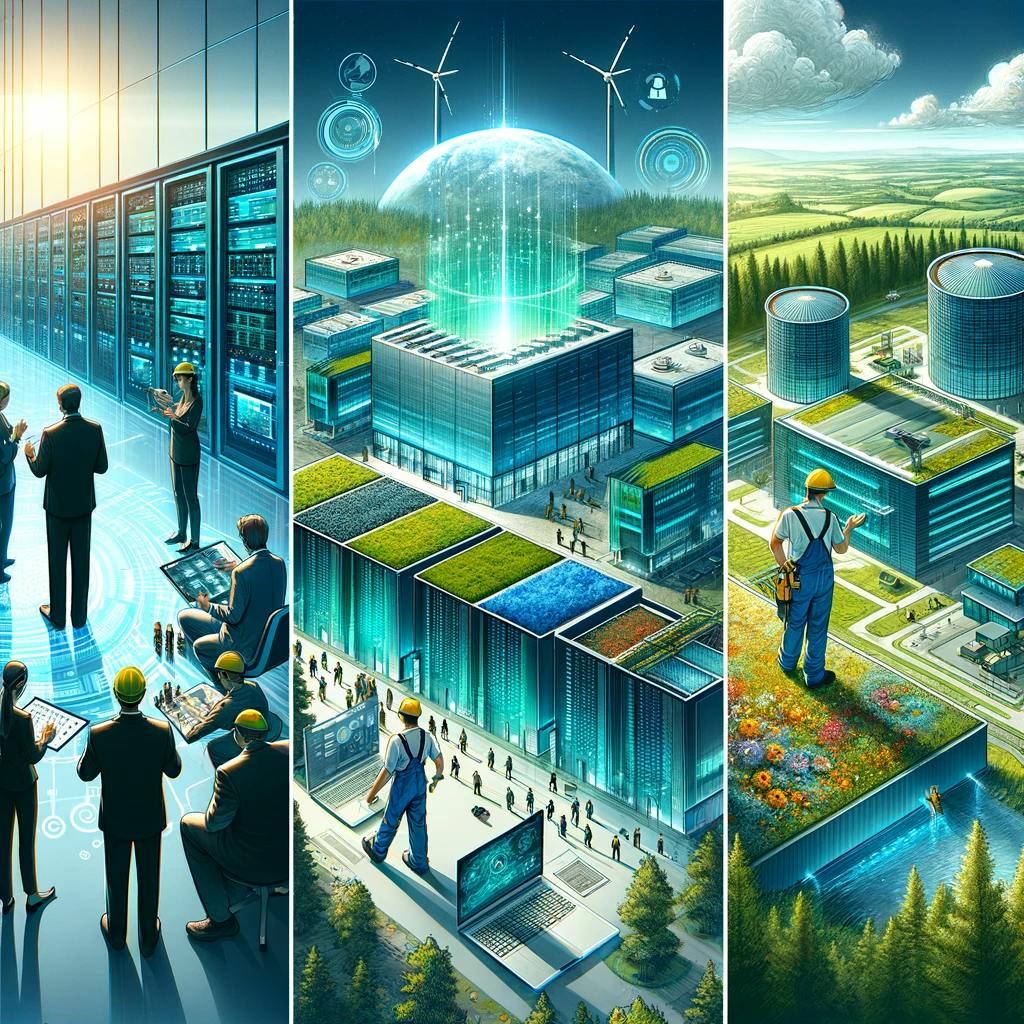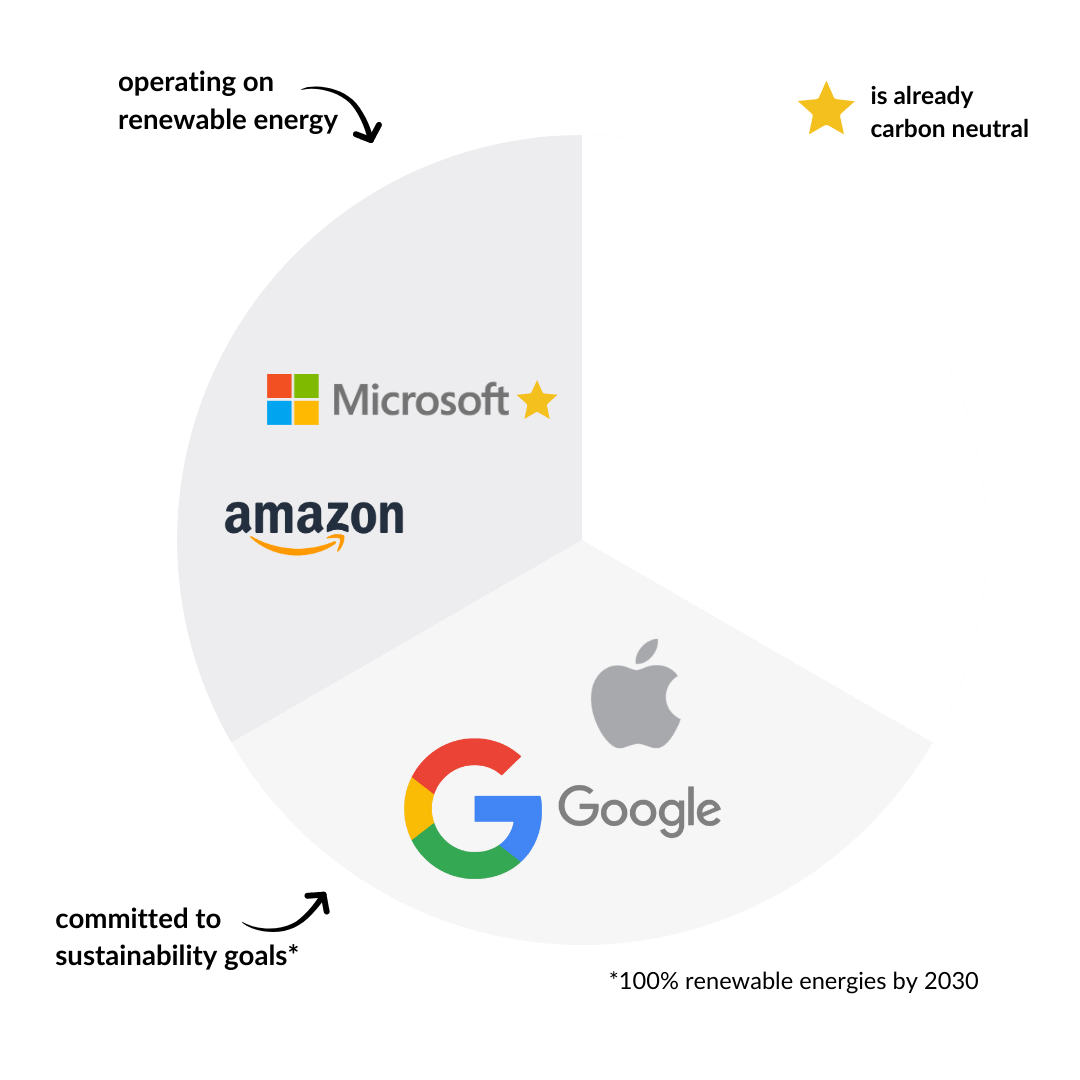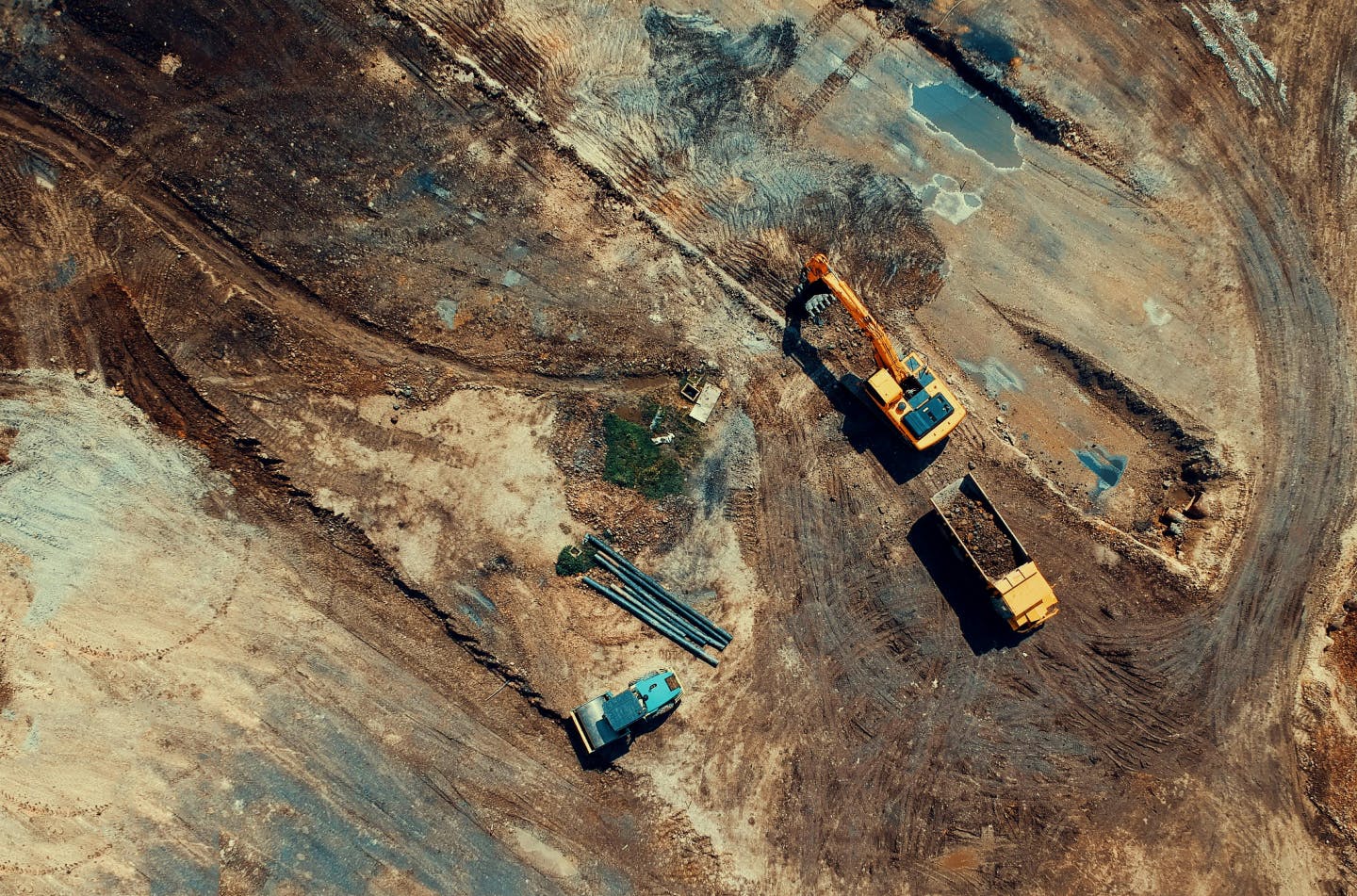
Data Centres. Digital Backbone Revealed.
Written by: Uyen Dang
In the vast expanse of digitalisation, data centres stand as crucial hubs powering every click, and swipe on the internet. Despite being hidden from everyday users; these immense facilities serve as the beating heart of our digital age. They store, process, and disseminate information with remarkable speed, playing a vital role in shaping our interconnected world. In this blog post, we dive into the realm of data centres, uncovering the mysteries behind these modern marvels.
We certainly know a thing or two about building them, but do you know what goes on behind closed doors?
What are data centres and how do they work?
Imagine a bustling city teeming with activity – streets filled with vehicles, buildings buzzing with energy, and a constant flow of people going about their daily lives. Now, transpose this into a digital context and you have a rough picture of how data centres function. These facilities are the cornerstone of our digital infrastructure, housing the hardware and software necessary to support a variety of online services and applications that define modern life. On any given day, tens of millions of servers in the over 7.2 million data centres around the world are running applications for a range of customers around the globe. innDex is proud to securely store our data in one of the AWS data centres, where we actively engaged in the build process. It’s always exciting to be part of such cutting-edge infrastructure.

London is home to the majority of the 517 data centres in the United Kingdom, as reported by Cloudscene.
Data Centres Bring About New Opportunities in the Construction Landscape.
The traditional view of the Data Centre (DC) market evolves around expansive hangar-like buildings. Therefore, there is a growing trend toward delivering smaller facilities closer to end-user demand. We know them as ‘edge’ data centres. Although the edge concept causes controversies for the last few years, its significant construction pipeline has yet to boom.
Do Data Centres Negatively Impact the Environment?
As is the case with pretty much anything, data centres are also not all glitz and glamour. One of the most concerning issues associated with data centres is in fact their significant environmental impact. While these facilities are essential for storing and processing vast amounts of data, they also consume huge amounts of energy. Data centre energy demands primarily arise from powering and cooling servers, networking equipment, and other infrastructure within these facilities.
Immersion Cooling Authority claimed rapid emergence of massive “hyperscale” data centres have already doubled the amount of data they use. With the biggest being the size of multiple football fields, they are racing towards 100 terawatt-hours per year of energy consumption. Since thousands of servers are running constantly 24/7, these new edge data centres are also sprouting up and adding to the already-high power consumption rates.
In 2016, data centres globally surpassed Britain’s total electricity consumption, reaching 416.2 terawatt-hours compared to the UK’s 300 terawatt-hours. The majority, about 62%, of the world’s electricity is from burning fossil fuels, primarily coal and natural gas. This makes electricity production the second-largest contributor to greenhouse gas emissions, according to the U.S. Environmental Protection Agency (EPA).
What Action Has Been Taken So Far?
Recognising the trend, the European Union (EU) plans to implement green data centre laws to achieve climate neutrality by 2030. European data centre operators, in an attempt to pre-empt any legislation, have signed a pact to self-regulate themselves. This, which initially aimed at resolving climate impact of data centres only in Europe, may potentially expand across the Atlantic. Thanks to the pact some US-based multinational companies (including Amazon Web Services, Google) signed in Europe, they are required to take actions towards reducing greenhouse gas emissions.
While Microsoft has been carbon neutral for a while, both Apple and Google aim to achieve this by 2030. Over 60% of Microsoft’s data centres operate on exclusively renewable energy in 2021, and they have been striving to become carbon negative. On an additional note, by building three new wind farms around the world, Amazon is now ahead of their target of using 100% renewable energy by 2030.

It’s reassuring to know that many tech giants such as Microsoft, Google, and Apple are responsibly partaking in the process.
At innDex, our commitment is to reshape a green future for data within construction. This extends to our clients and their partnerships with major players like Google and AWS to prioritise eco-friendly practices throughout the building phase of data facilities. By leveraging digital solutions to embrace paperless processes, we contribute to environmental preservation while reinforcing industry leadership to sustainability.
What More Can We Do?
To further mitigate the environmental impact of data centres and reduce CO2 emissions, several actions can be taken. Firstly, increasing the use of renewable energy sources, such as solar and wind power, can significantly decrease the carbon footprint of data centres. Implementing energy-efficient technologies like advanced cooling systems and server virtualisation is another way to optimise energy usage and minimise waste. For instance, energy efficient data centres allow a far greater proportion of site power by running back-up cooling on generator power. This maximises available power and increases overall IT capacity on a power-constrained site. Lastly, investing in innovative solutions like energy storage and utilising waste heat for heating purposes can contribute to reducing emissions.
It’s crucial that we also promote circular economy practices. In specific, recycling hardware components and reducing electronic waste can drive positive significance to the environment. By combining these efforts and continuously striving for improvement, data centres can play a vital role in combating climate change and creating a more sustainable future.
